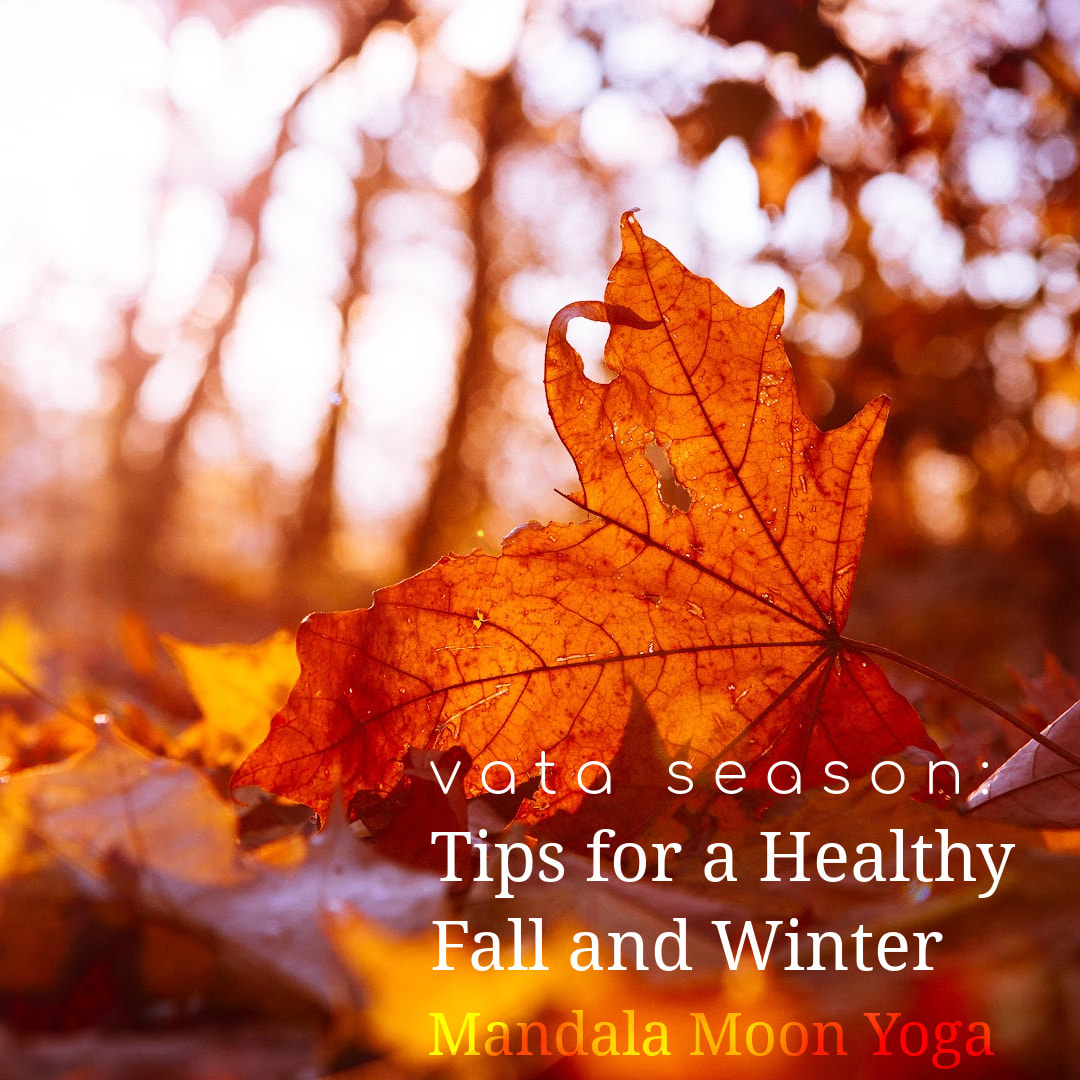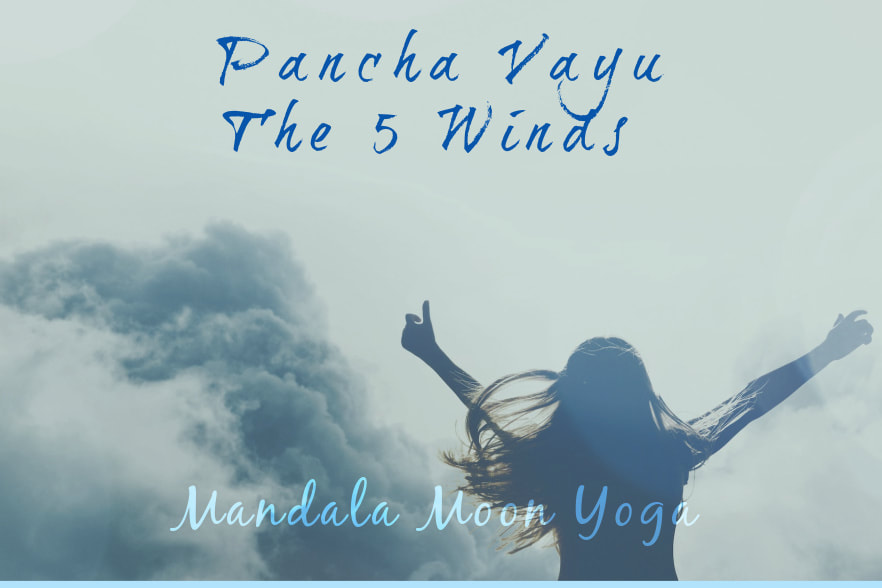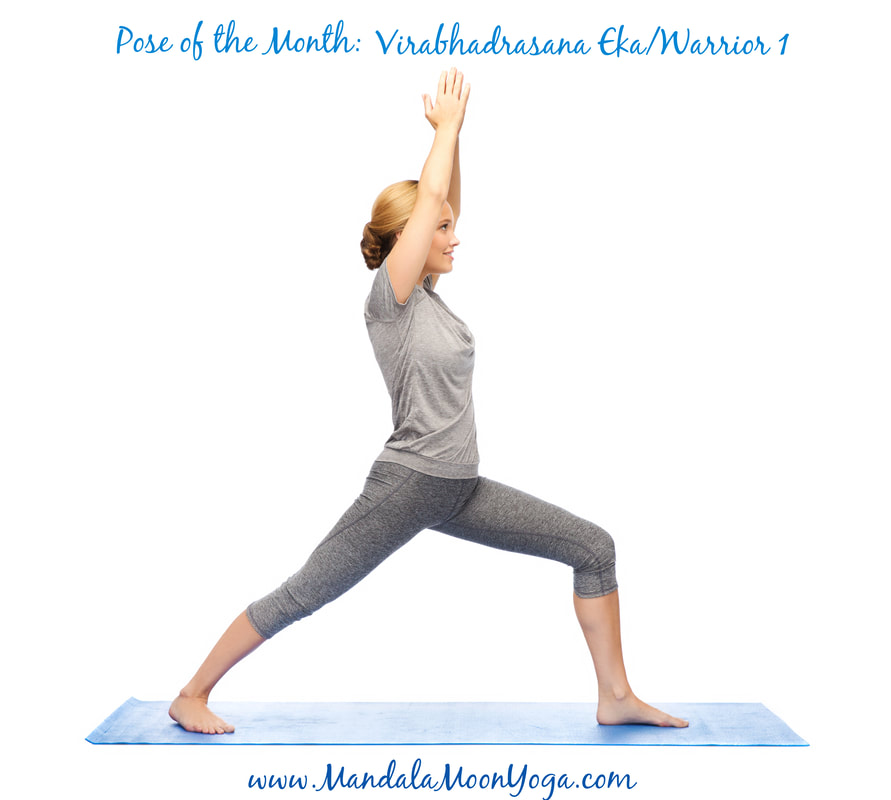Yoga’s sister science, Ayurveda (literally, “the science of life”), is all about living in harmony with nature. So when the seasons shift, there are some shifts we can make, too, to help us adjust. There are only three seasons in Ayurveda, and they coordinate with the three doshas: Vata (made up of air and ether), Pitta (made up of fire and water), and Kapha (made up of earth and water).
In the Northern Hemisphere, late autumn and winter are considered Vata season. The weather is more consistently rough, cold, and dry, and we might feel that manifesting in our bodies as dry skin, chapped lips, dry hair, and cold appendages.
A basic Ayurvedic principle is that like increases like, and opposites balance. We are always seeking a balanced state of health without an excess of any of the qualities known as gunas.
How we approach balance varies from person to person, because we each have different levels of the three doshas, but this post is to offer some basic Ayurvedic advice that will apply to most people during Vata season (late fall and winter).
- There’s a reason we crave comfort food this time of year. Eat warm or hot foods that are high in protein and fat, such as soups and stews, cooked grains, and steamed veggies. Indulge in grains, including sourdough or ezekial bread.
- Eat from the seasonal harvest: apples (with skins), squash, root vegetables, and greens.
- Reduce intake of raw, cold, and dry foods.
- Establish a consistent daily routine, waking up, eating meals, and going to bed at the same time each day.
- Incorporate a daily meditation practice. Be sure to cover your lap with a blanket or wrap yourself in a warm meditation shawl.
- Practice Abhyanga, daily self-massage with oil. Sesame oil is a great choice for this season because it is warming as well as moisturizing. Warm the oil in a sink of hot water, then apply oil to the whole body, starting with the feet. Use long strokes on the long bones and circular motions around the joints, torso, low back, and hips.
- Choose slower, gentler forms of exercise, such as walking, biking, tai chi, and yoga.
- Balance activities with plenty of rest.
- Dress in warm layers and consider a hat or hood. Consider wearing warming colors such as red and orange.




 RSS Feed
RSS Feed